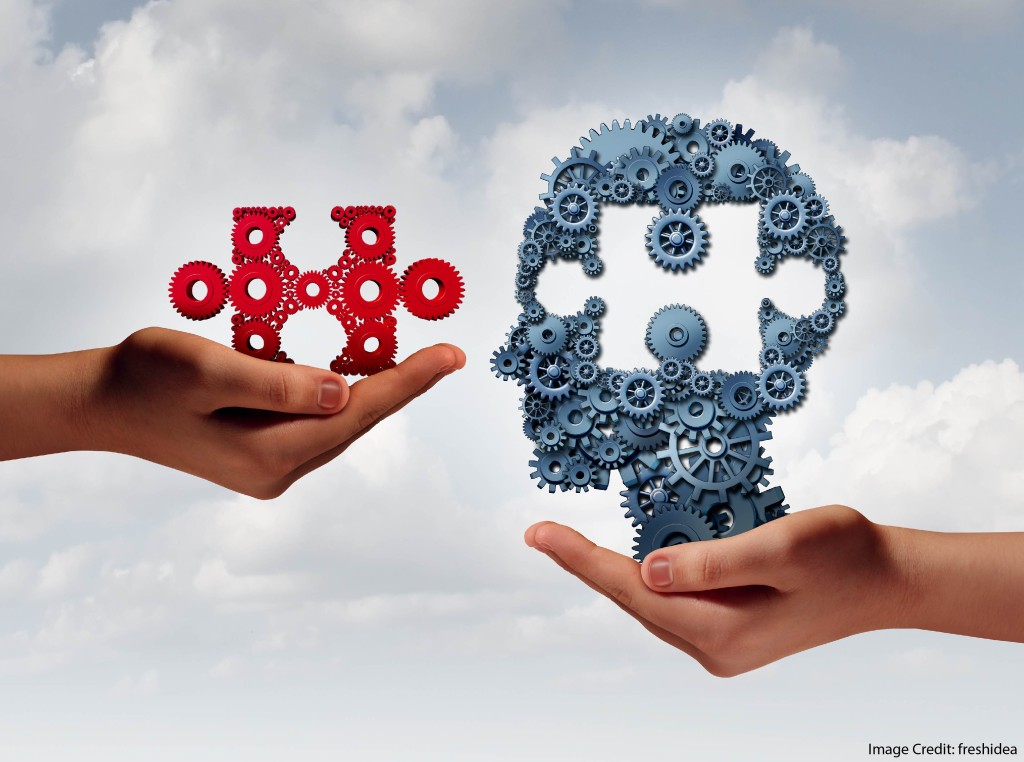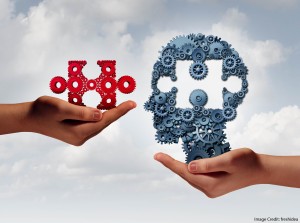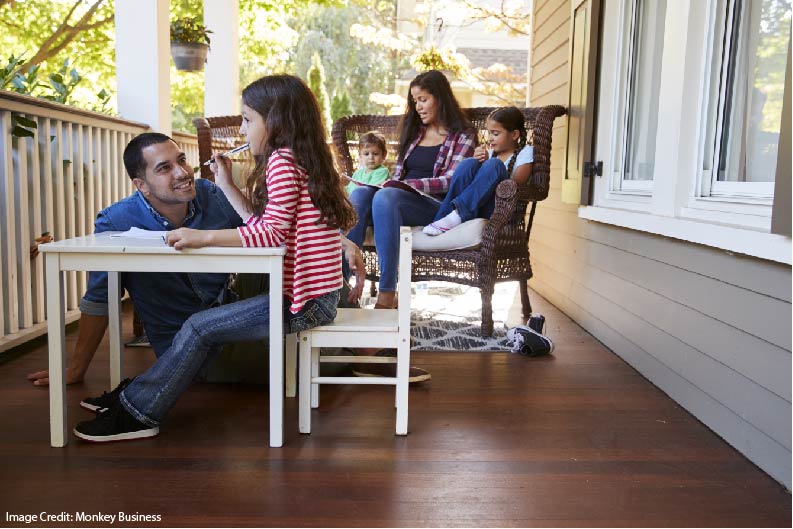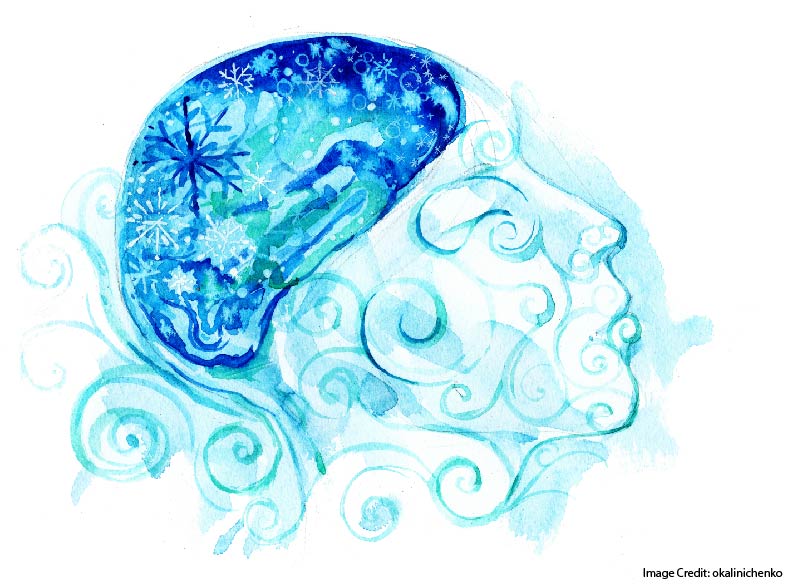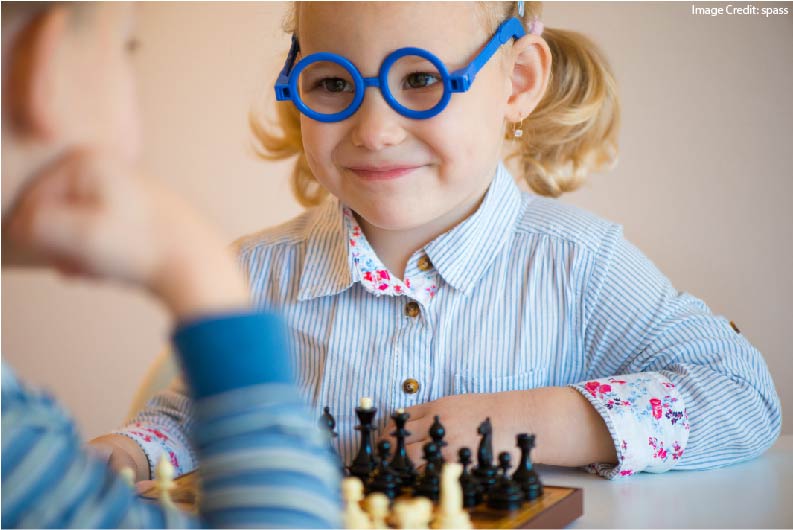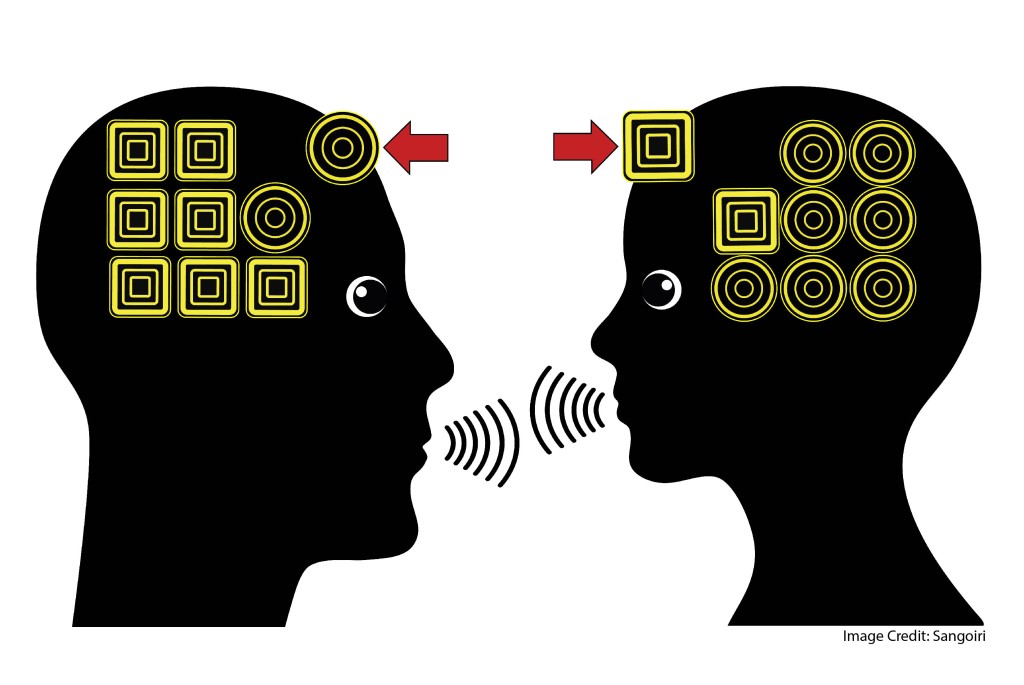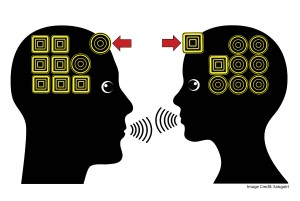I spoke at this month’s Signs Summit in Chicago about problems in science communication. Here is the second half of what I said.
(You can find the first half, which focuses on “too much skepticism” here.)
We live in age that been called the “decade of the brain.” Of course, we’ve been saying that for about 25 years now, so we need a new phrase.
In this era of the brain (corpus callosum!), we can make almost any argument sound more persuasive (occipital lobe!) by throwing in fancy-but-irrelevant neuroscience terminology (ventral tegmental area!).
For instance, Deena Skolnick Weisberg’s team found that people can generally distinguish between coherent and circular science explanations. However: when Weisberg added irrelevant neuroscience terminology to those explanations, readers judged the circular explanations to be much more persuasive.
Weisberg’s team memorably describes this result as “the seductive allure of neuroscience.”
(This research has proven controversial. Some researchers rebut it, whereas others arrive at similar findings.)
The Real Problem Is…
The resulting problem is not exactly that people dress up good teaching advice with needless neuroscience language. (Although that happens.)
The problem is not exactly that people dress up bad teaching advice with needless neuroscience language. (Although that happens.)
The problem is that many teachers respond so positively when we do.
For example: teachers can get absorbed in the differences between alpha, beta, and gamma waves — although this distinction has no practical teaching implications that I know of.
In other words: although some teachers respond to outside experts with excessive skepticism, others respond to fancy brain terminology with inadequate skepticism.
Multi-tasking and Beyond
For example: I once heard an MBE speaker explain that limits in the “bandwidth of the corpus callosum” make multi-tasking impossible.
(The corpus callosum connects the two hemispheres of our brains.)
This information leads teachers to an obvious question: what can we do to increase the capacity of a student’s corpus callosum, and thereby facilitate multi-tasking?
One answer to that question is: nothing.
Another answer is: its capacity increases as our students mature, so we don’t need to worry about doing so artificially.
Another really important answer is: that factual statement is simply false.
(When I asked for the research supporting this claim, the speaker declined to provide it to me. “You’d need a PhD in neuroscience to understand it” was the extraordinary excuse.)
Although we do have neural processing limits that preclude multi-tasking, the corpus callosum itself is one of the largest and densest structures in the brain. The idea that its “limits” hamper multi-tasking is silly.
This false information, at best, distracts teachers from from the key point: brains don’t multi-task. We need to design lesson plans and assessments that don’t ask our students to do so.
At worst, this falsehood leads ultimately to disillusionment. When teachers discover that this expert was dressing up good advice with needless terminology, we’re less likely to believe experts who genuinely know what they’re talking about.
Reaching for a Solution
Because neuroscience terminology can seduce teachers, it can seduce those of us who explain brain research to teachers. How can we resist its allure?
The obvious answer inverts the Nike slogan: “Just Don’t Do It.” If the medial temporal lobe isn’t practically relevant to our explanation, we can just not mention it.
At the same time, I think we need a strategy to lead teachers away from this seductive allure. Here’s my mantra: “Don’t just do this thing. Think this way.”
In other words: psychology and neuroscience communicators shouldn’t simply give teachers a list of instructions to follow. (Use visuals! Normalize struggle! Interleave topics!)
Instead, we should encourage teachers to think about learning with the helpful categories that cognitive science supplies.
Imagine, for example, that a teacher is creating a lesson plan. She recalls that, last year, this lesson went quite badly. What should she do?
I’m saying: that’s the wrong question. She shouldn’t just do this thing. She should think this way.
So, last year — did class go badly because of an attention problem?
The teacher thinks for a while. She concludes: Nope.
Was it a motivation problem?
Nope.
Was it a working memory problem?
Oh, wow: YES. Absolutely.
Okay, once you know it’s a WM problem, you’ve got a long list of potential solutions — which one sounds most likely?
This approach doesn’t explicitly reject neuroscience terminology. It simply redirects communication away from that set of questions. After all, teachers rarely say “well, that was an insula problem.”
The insula is cool and fascinating. But, we don’t know what to do about an insula problem. We have LOTS of ideas about solving working memory problems.
Two Sentences
In sum, researchers can overcome too much skepticism only by knowing a teacher’s world and work with the clarity that comes from LOTS of daily experience.
And, we can redirect too little skepticism by moving beyond specific teaching suggestions to fostering thinking habits that best shape teaching and learning.










